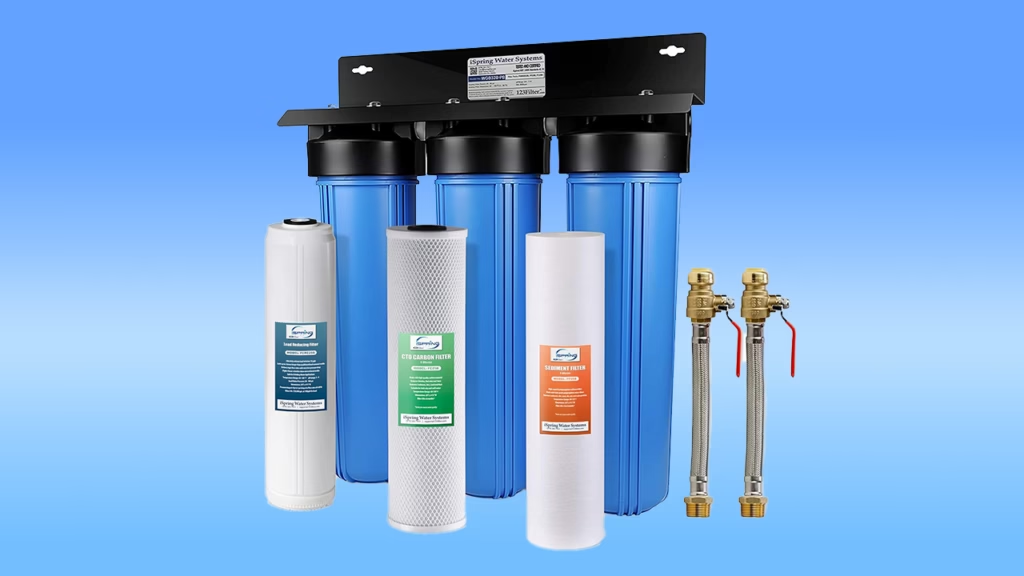Struggling with how to study for APES? This comprehensive AP Environmental Science study schedule provides a step-by-step APES exam prep timeline, tips, and strategies to help you score a 5 on your APES test.
Table of Contents
Ultimate 3-Month APES Study Plan for 2026
Imagine walking into your AP Environmental Science exam feeling totally ready. You know ecosystems inside and out. You understand global climate change. You can propose real-world fixes for environmental problems. How do you get there in just three months? This guide will show you the way.
This APES study plan gives you clear, simple steps to succeed. It turns a huge amount of content into manageable weekly goals. It uses smart strategies from recent exams to help you aim for a top score.
Want to check your progress? Use this friendly APES Score Calculator to see where you stand.
Getting to Know the APES Exam
First, you need to know what you’re up against. The AP Environmental Science exam is on Friday, May 15, 2026, at 8 AM. It tests how well you can use science to solve environmental issues. The test is 2 hours and 40 minutes long and has two parts.
Exam Structure
Section I: Multiple Choice (60% of your score)
- You’ll answer 80 questions in 1 hour and 30 minutes.
- Questions will be single items or in sets of 5–8 based on a graph or data.
- You’ll need skills like reading data and doing simple math.
Section II: Free Response (40% of your score)
- You’ll answer 3 questions in 1 hour and 10 minutes.
- Question 1: Design your own investigation for a scenario.
- Question 2: Analyze a problem and propose a solution.
- Question 3: Solve a problem that includes calculations.
- You can use a calculator for this section.
The exam is challenging. In 2024, about 53% of students passed (scored 3 or higher). Only 10% got the top score of 5. A good plan is key to doing your best.
What You Need to Learn
The course is split into nine main units. Some are worth more than others on the exam. Here they are:
- Unit 1: The Living World: Ecosystems (6–8%)
- Unit 2: The Living World: Biodiversity (6–8%)
- Unit 3: Populations (10–15%)
- Unit 4: Earth Systems and Resources (10–15%)
- Unit 5: Land and Water Use (10–15%)
- Unit 6: Energy Resources and Consumption (10–15%)
- Unit 7: Atmospheric Pollution (7–10%)
- Unit 8: Aquatic and Terrestrial Pollution (7–10%)
- Unit 9: Global Change (15–20%)
Focus more on the units with higher weights, like Unit 9, to maximize your score.
Why a 3-Month Plan Works Best
Three months is the perfect amount of time. It’s long enough to learn everything deeply. It’s short enough to stay focused and avoid burnout.
Starting in mid-February for a May exam fits the school year well. Studies show that learning a little bit each week for 12 weeks helps you remember more than cramming. This plan also builds in time for breaks, so you can relax and review.
Get Your Study Space and Supplies Ready
Set up a quiet spot to study. Good light and a comfortable chair help you focus.
Gather your supplies:
- A good review book.
- Online videos for tough topics.
- Practice questions and tests.
- Flashcards for key terms.
Spend 1-2 hours studying each day at first. You can study more as the exam gets closer. Don’t forget to practice the free-response questions early. Many students find them hard.
Your 3-Month APES Study Schedule
Month 1: Build Your Foundation (10-15 hours per week)
Week 1: Ecosystems and Biodiversity (Units 1 & 2)
- Learn about biomes like rainforests and tundras.
- Study the carbon and nitrogen cycles.
- Understand why biodiversity matters.
- Activity: Draw mind maps for energy flow. Quiz yourself on key terms daily.
Week 2: Populations (Unit 3)
- Look at different species types and how populations grow.
- Learn to read age structure diagrams.
- Activity: Practice population math, like calculating growth rates.
Week 3: Earth Systems (Unit 4)
- Study plate tectonics, soil, and the atmosphere.
- Learn about climate patterns like El Niño.
- Activity: Draw the water cycle. Practice reading climate graphs.
Week 4: Review What You’ve Learned
- Take a mini practice test with 20 multiple-choice questions and 1 free-response question.
- Find your weak spots and review them.
By the end of Month 1, you will have covered over a quarter of the exam material.
Month 2: Dive into Core Concepts (15-20 hours per week)
Week 5: Land and Water Use (Unit 5)
- Learn about the “tragedy of the commons” and sustainability.
- Activity: Study a real case, like the impact of mining. Calculate your own ecological footprint.
Week 6: Energy (Unit 6)
- Compare fossil fuels to renewable energy like solar and wind.
- Activity: Do the math on energy conservation. Debate the pros and cons of nuclear power.
Week 7: Atmospheric Pollution (Unit 7)
- Understand smog and acid rain.
- Learn how we can reduce pollution.
- Activity: Analyze pollution data. Brainstorm ways to improve air quality.
Week 8: Check Your Progress
- Take a half-length practice exam.
- Aim to get at least 70% of the multiple-choice questions right.
- Review your mistakes, especially on math problems.
Month 3: Review and Practice (20-25 hours per week)
Week 9: Pollution (Unit 8)
- Learn about water and land pollution.
- Study waste management and recycling.
- Activity: Design a plan to reduce pollution in a community.
Week 10: Global Change (Unit 9)
- This is the biggest unit. Focus on climate change, ozone loss, and invasive species.
- Activity: Calculate your carbon footprint. Research an invasive species like zebra mussels.
Week 11: Bring It All Together
- Review all units. Try a different theme each day.
- Use active recall: try to explain concepts out loud without your notes.
Week 12: Final Prep
- Take 2-3 full-length, timed practice exams.
- Focus on writing clear, evidence-based answers for the free-response questions.
- Do a light review of your weakest areas in the final days.
Top Tips for a Top Score
- Learn Actively: Don’t just read. Apply what you learn. Build a food web for a park near you.
- Master the Data: Lots of questions have graphs. Get comfortable reading them.
- Nail the Free-Response: Use a simple structure: state the problem, explain the concept, analyze the scenario, and give a solution.
- Study with Friends: Talk through topics like sustainable farming.
- Take Care of Yourself: Get 8 hours of sleep. Exercise to manage stress.
Common Mistakes to Avoid
- Don’t Skip the Math: Practice calculations every week.
- Connect the Dots: Topics on the exam are mixed. Study how units link together.
- Don’t Put Things Off: Stick to your weekly schedule.
- Practice Free-Response Questions: These are worth a lot of points. You need to practice them to do well.
You Are Ready
You now have a powerful plan to conquer the AP Environmental Science exam. You’ve built a strong foundation, dived into complex topics, and learned from real data. Stay consistent, and you will turn your hard work into a great score.
Now go start studying. Your future in environmental science is waiting. You can do this.


























